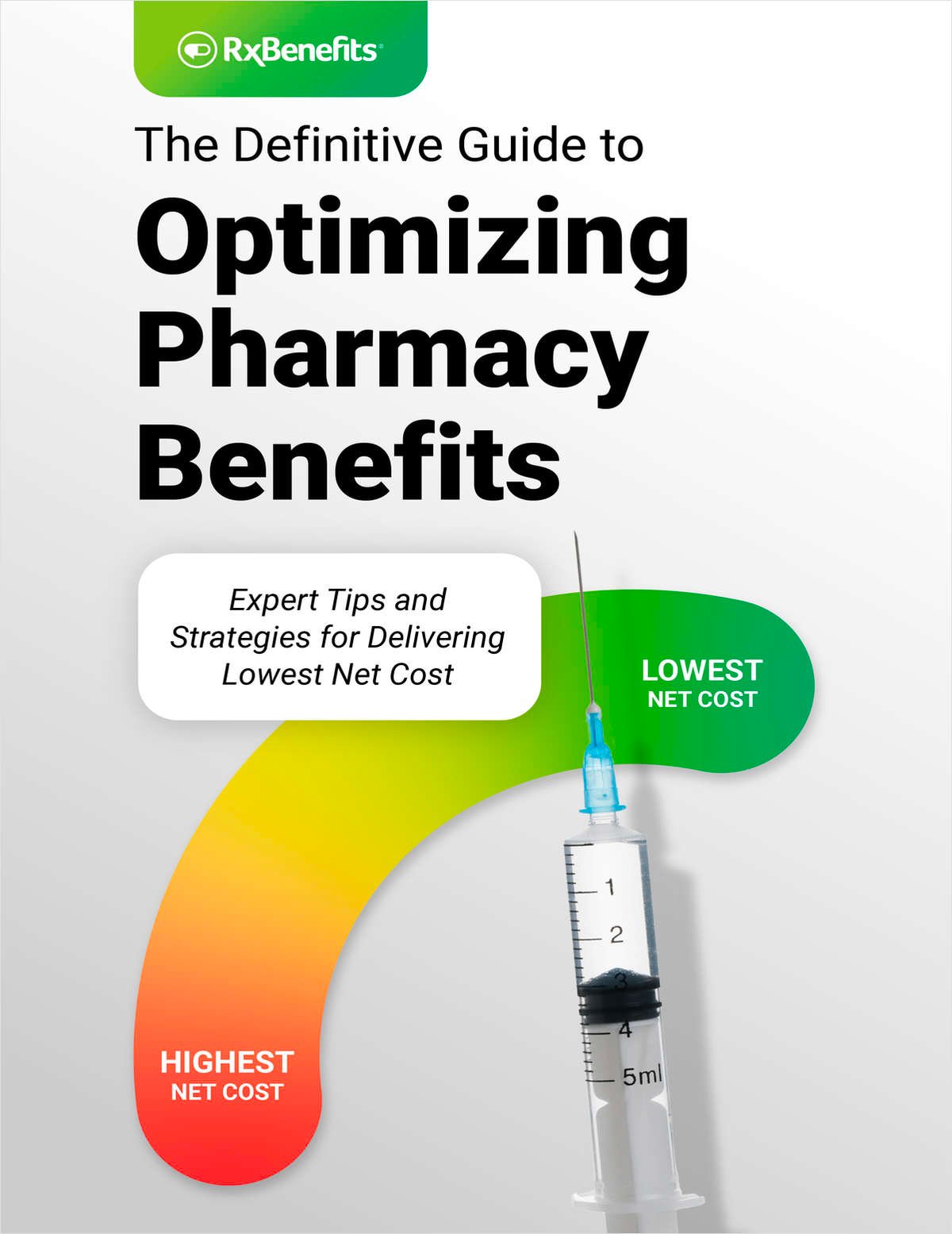We've heard it all ad nauseum. How many have cited this quotation from the Department of Labor: A “1 percent difference in fees and expenses would reduce your account balance at retirement by 28 percent”? How many financial advisors misquote a controversial 20-year-old study and say “asset allocation accounts for 92 percent of a portfolio's investment return?” Barely a day goes by without some investment blogger or product salesman using one or both of these pitches.
Would you be surprised to discover these bromides are nothing more than urban legend?
An August study from the Wharton School at the University of Pennsylvania turns the 401(k) universe on its head by showing—while fees and asset allocation do have a nominal influence in achieving investors' retirement goals—often overlooked factors have greater primacy. Astute financial advisors have long known of these important ingredients: investing early, investing more and retiring later.
The Wharton paper concludes:
“Starting to save at age 25, rather than age 45, cuts the required saving rate by about two-thirds,” and,
“Delaying retirement from age 62 to age 70 also reduces the required savings rate by about two-thirds.”
The study illustrates the dramatic impact of saving early and retiring later. It shows an employee needs to save only 7 percent of his income if he starts saving at age 25 and retires at age 70. On the other hand, an employee who begins saving at age 45 and retires at age 62 must save 65 percent of his salary—a pretty unrealistic goal. Delaying retirement helps a little. If this 45-year old saver retires at age 70, he would “only” have to save 18 percent of his salary—still a lot, but at least it's within the realm of reason.
This delayed retirement can significantly help those concerned about saving enough to retire. One of the paper's authors told me more than 70 percent of all households could maintain their pre-retirement standard of living if they waited until age 70 to retire.
But the truly astounding revelation is the relative unimportance of asset allocation. The researchers compared the real-life impact between investing in the “typical” asset allocation and investing in the “optimal” asset allocation. What they found would startle even the most committed product salesman: Any advantage offered by the “optimal” asset allocation can easily be erased merely by working four months longer.
This, in the end, might have the greatest bearing for 401(k) investors. The importance of investment performance has long been touted and fees have been understood as being critical to investment performance. For a study to suggest that asset allocation—and its subsequent influence on investment performance—is only of secondary concern to retirement success suggests only one thing: 401(k) plan sponsors and investors should pay more attention to the levers they can control and less attention to their investments (within reason, of course).
Continue Reading for Free
Register and gain access to:
- Breaking benefits news and analysis, on-site and via our newsletters and custom alerts
- Educational webcasts, white papers, and ebooks from industry thought leaders
- Critical converage of the property casualty insurance and financial advisory markets on our other ALM sites, PropertyCasualty360 and ThinkAdvisor
Already have an account? Sign In Now
© 2024 ALM Global, LLC, All Rights Reserved. Request academic re-use from www.copyright.com. All other uses, submit a request to [email protected]. For more information visit Asset & Logo Licensing.








